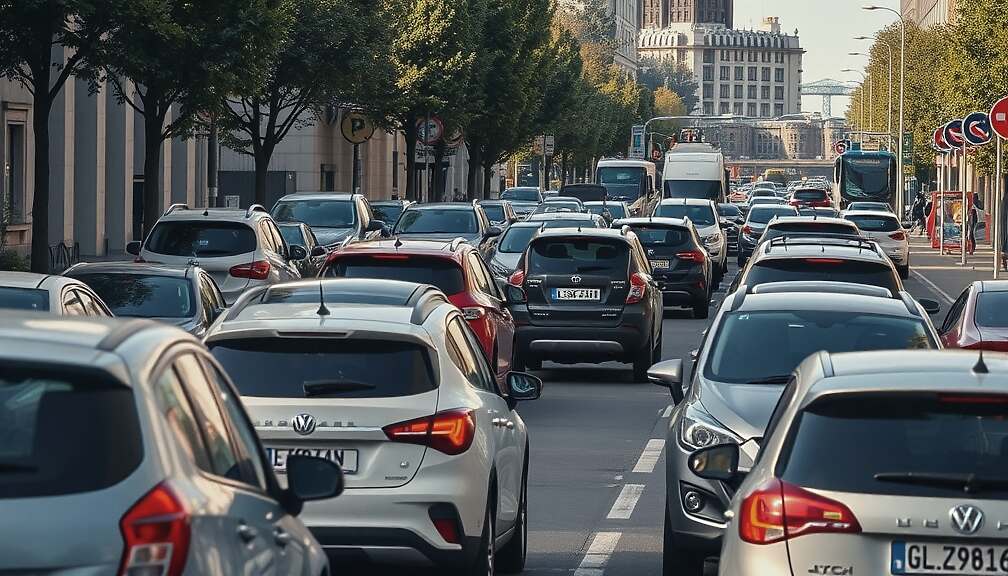Germany is experiencing a continued rise in car ownership, according to recent data released by the Federal Statistical Office (Destatis). As of January 1, 2025, there were 590 passenger cars per 1,000 inhabitants – a slight increase from 588 in the previous year and 587 in 2023. This represents a consistent upward trend in car density since 2008.
Significant regional disparities exist across the country. The highest car densities in 2025 were recorded in the western states of Saarland (646 cars per 1,000 inhabitants), Rhineland-Palatinate (641) and Bavaria (635). Conversely, the city-states of Berlin (334), Bremen (427) and Hamburg (435) registered the lowest densities, partially attributable to their extensive public transportation networks. Saxony showed the lowest value amongst all federal states with 542 cars per 1,000 inhabitants.
While the overall trend is upward, not all states experienced an increase in car density. Berlin, Bremen, Hamburg and Hesse all saw a decrease – with Hesse declining from 623 to 622 cars per 1,000 inhabitants between 2024 and 2025.
The total number of registered cars in Germany has also reached a new high. According to the Federal Motor Transport Authority (KBA), as of January 1, 2025, there were 49.3 million passenger cars registered – surpassing the previous record of 49.1 million in 2024. Although the shift towards electric mobility is growing, its impact on the overall registered fleet remains limited, with pure electric vehicles accounting for 3.3 percent, or 1.65 million, of the total. This compares to 2.9 percent a year earlier.
The proportion of newly registered electric cars is notably higher. In the first half of the year, around 250,000 pure electric vehicles were registered – a record – representing 17.7 percent of all new registrations.
Despite the continued growth in car density, CO2 emissions from road traffic have not increased proportionally. According to the Environment-Economic Accounts, a total of 154.7 million tonnes of CO2 were emitted in road traffic in 2023, including 88.9 million tonnes from private households, averaging 1.1 tonnes per capita. Compared to the pre-pandemic year of 2019, CO2 emissions from road traffic decreased by 13.8 percent – from 176 million tonnes in 2019.












